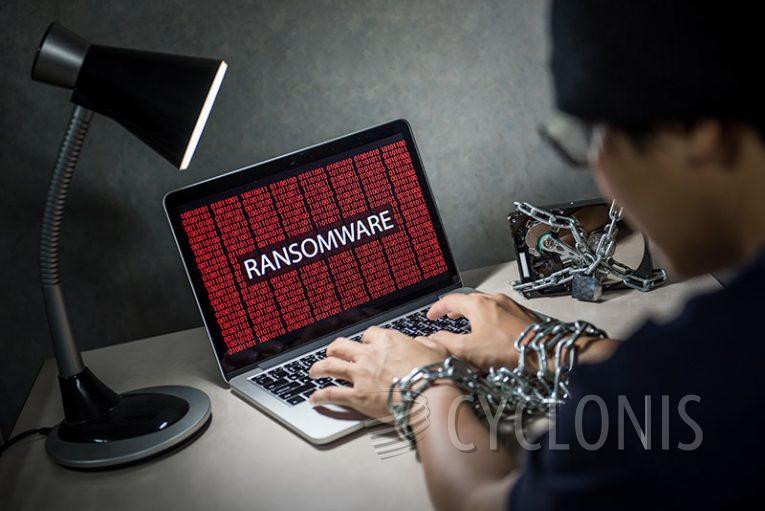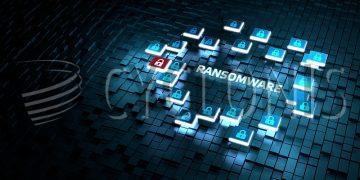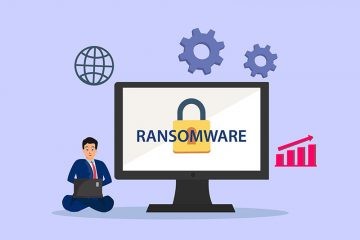Jarjets Ransomware Produces Ransom Note in Bad English

In a routine examination of newly submitted file samples, our researchers came across the Jarjets ransomware. This malicious software is specifically designed to encrypt files and then demand a ransom for their decryption.
When tested on our machine, this ransomware successfully encrypted files and modified their names. The original file names were altered by adding a ".Jarjets" extension. For example, a file originally named "1.jpg" became "1.jpg.Jarjets," and "2.png" turned into "2.png.Jarjets," and so on. After this encryption process was completed, a ransom note titled "Jarjets_ReadMe.txt" was generated.
The contents of the Jarjets text file essentially notify the victim that their files have been encrypted and encourage them to get in touch with the cybercriminals.
In most instances, decrypting the files without the involvement of the attackers is nearly impossible. The only exceptions are instances where the ransomware is fundamentally flawed. Furthermore, even when victims comply with the ransom demands, they frequently do not receive the promised decryption keys or tools. As a result, we strongly discourage paying the ransom, as it not only fails to guarantee data recovery but also supports criminal activities.
To prevent further encryption of files by the Jarjets ransomware, it is essential to remove it from the operating system. Unfortunately, removing the ransomware will not restore data that has already been affected. The only viable solution is to recover the data from a backup if one was created and stored in a separate location.
Jarjets Ransom Note Keeps it Brief
The full text of the very short ransom note generated by the Jarjets ransomware reads as follows:
Your Machine ID : -
All Your files is Encrypted
this is not a personal issue, this is a business.
if you want your Files back, contact us the the email addresses shown below:Jarjets18@skiff.com
Jarjets18@onionmail.org
How Can You Prevent Ransomware Attacks Before They Happen?
Preventing ransomware attacks before they happen is crucial for protecting your data and systems. Here are some proactive measures you can take to minimize the risk of ransomware attacks:
Regularly Back Up Your Data:
Implement automated and regular data backups. Store backups on offline or cloud-based systems.
Test your backups to ensure they can be restored when needed.
Keep Software and Systems Updated:
Regularly update your operating system, software, and applications. Enable automatic updates whenever possible.
Ransomware often exploits known vulnerabilities, and updates often include security patches.
Install and Update Security Software:
Use reputable antivirus and anti-malware software and keep it up to date.
Consider using endpoint detection and response (EDR) solutions for advanced threat detection and response.
Implement Email Security Measures:
Use email filtering and anti-phishing solutions to block malicious emails.
Verify the authenticity of email senders, especially if they request sensitive information or actions.








